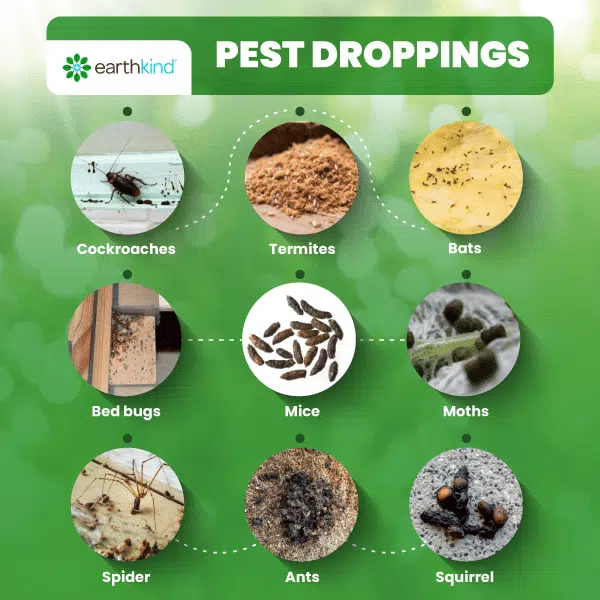Introduction
If you’ve noticed tiny bugs in your garden, you’re not alone. These small insects can range from harmless visitors to harmful pests that threaten your plants’ health. Understanding which tiny bugs are present and how they affect your garden is essential for maintaining a thriving outdoor space. This article will help you identify common tiny garden bugs, understand their roles, and provide expert-backed strategies to manage them effectively.
What Are the Common Tiny Bugs in Gardens?
Identifying Tiny Garden Bugs
Tiny bugs in gardens often include aphids, spider mites, thrips, whiteflies, and springtails. These insects vary in size, color, and behavior but share one thing in common: they are small enough to be easily overlooked yet can have a significant impact.
- Aphids: Usually green, black, or brown, aphids cluster on new growth and suck plant sap.
- Spider Mites: Minute, often red or yellow, they create fine webbing on leaves.
- Thrips: Tiny, slender insects that feed on leaves and flowers causing discoloration.
- Whiteflies: Small, white flying insects that swarm when disturbed.
- Springtails: Very small, jumping insects that feed on decaying organic matter; generally harmless but may indicate soil moisture issues.
Recognizing these bugs early is critical for effective garden management.
How Do Tiny Bugs Affect Garden Plants?
Positive and Negative Impacts
Tiny bugs can be both beneficial and harmful:
-
Harmful Effects: Many tiny bugs feed on plant sap, damaging leaves, stems, and flowers, which can stunt growth and reduce yields. For example, aphids transmit plant viruses, while spider mites cause leaf discoloration and drop.
-
Beneficial Roles: Some tiny insects, like springtails, improve soil health by breaking down organic matter, enhancing nutrient cycling.
Understanding the role of insects in your garden helps in deciding whether to intervene or let nature take its course.
How to Control Tiny Bugs in Your Garden Safely
Integrated Pest Management (IPM) Techniques
Effective control of tiny bugs involves a combination of methods:
- Regular Monitoring: Check plants frequently for early signs of infestation.
- Manual Removal: Use water sprays to dislodge aphids and whiteflies.
- Encourage Beneficial Insects: Ladybugs and lacewings prey on aphids and thrips.
- Use Organic Sprays: Neem oil and insecticidal soaps target many tiny pests without harming beneficial insects.
- Maintain Garden Health: Healthy plants resist pests better; ensure proper watering, nutrition, and pruning.
These methods reduce chemical reliance and promote a balanced ecosystem.
Tips for Preventing Tiny Bug Infestations
Proactive Garden Care
Preventing infestations is easier than controlling outbreaks:
- Choose Resistant Plant Varieties: Some plants naturally deter common pests.
- Avoid Overfertilizing: Excess nitrogen can attract aphids.
- Rotate Crops: Changing planting locations reduces pest buildup.
- Keep Garden Clean: Remove debris and weeds that harbor pests.
Consistent care reduces the chances of tiny bugs becoming a problem.
Conclusion
Tiny bugs in your garden can be both allies and adversaries. Proper identification and understanding their impact allow you to make informed decisions about control and prevention. By monitoring your garden regularly, encouraging beneficial insects, and adopting integrated pest management strategies, you can protect your plants while maintaining a healthy, vibrant garden ecosystem. Remember, a balanced garden is the best defense against tiny pests.
